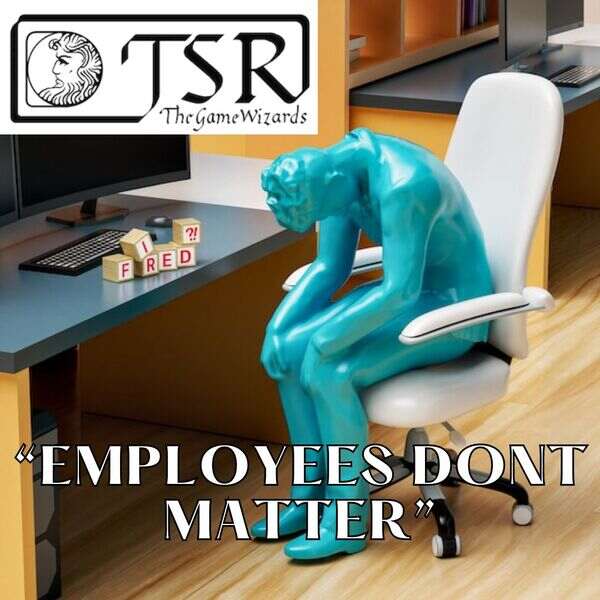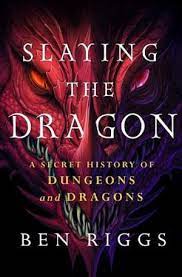Dungeons and Dragons (D&D) is renowned for its party-based gameplay. Involving groups of diverse characters coming together to embark on epic adventures. In this article, we delve into the roles that each player’s character assumes in a D&D party, exploring how these roles mirror the dynamics of a business team. By examining the unique contributions of each party member, we can uncover valuable insights. Effectively, helping build successful teamwork in the business world.
The featured pic above is from Life of the Party comic strip by the talented Travis Hanson.
The Tank – The Guardian and Protector
In D&D, the Tank is the heavily armored character who excels at protecting the rest of the party. They often put themselves in harms way to help the group achieve their goal. Think heroic knights or paladins.
Similarly, in business, there are team members who act as the guardians and protectors, ensuring the smooth operation of projects and shielding others from potential obstacles. They possess the ability to handle high-pressure situations, maintain stability, and provide support when needed. These professionals take the well-being of the team very seriously and can often be found leading teams. As such, fostering teamwork amongst the other team members becomes a core part of their offering.
The DPS – The High Damage Dealer
The DPS (Damage Per Second) character in D&D is responsible for dealing high amounts of damage to enemies. They possess exceptional offensive capabilities and excel in combat situations. This could be a battle mage slinging lightning bolts across the battle field or a lean barbarian with extreme sword mastery.
In the workplace, certain team members are analogous to DPS characters. They bring a strong skill set and expertise to the table, enabling them to tackle complex challenges head-on and generate significant impact through their specialized abilities. These take the form of technical specialists who are known to be experts in their field.
The Healer – The Support and Problem Solver
The Healer in D&D is vital for sustaining the party’s health, curing ailments, and providing support in critical moments. Without this character the group faces a much higher chance of losing team members or even risking a total party kill!
In a business team, the role of the Healer is fulfilled by those individuals who possess excellent problem-solving skills. They also have significant empathy, and the ability to provide support to team members during challenging times. They excel at diffusing conflicts, offering guidance, and ensuring the overall well-being of the team. These members of the team often act as mentors to the rest of the group.

The Buffer – Enhancing Team Performance
Buffers in D&D possess skills that enhance the performance of their fellow party members. They provide buffs, bonuses, and support abilities that elevate the effectiveness of the entire group. The stereotype of this role is the Bard. Playing his lute to inspire his friends to greater acts of heroism. As such, the bard is often the central figure to the teamwork of the squad.
At work, individuals who play the role of Buffers are those who possess strong leadership and motivational skills. They inspire and empower team members, foster a positive work environment, and boost overall team performance through their guidance and encouragement. While they have leadership skills in abundance these professionals don’t have to be actual leaders in the organization. It is possible to lead without holding a position of authority. Of course, team enhancing behaviors like this often mean promotion is just around the corner.
The Skill Monkey – Versatility and Adaptability
The Skill Monkey in a D&D party is known for their versatility and wide range of abilities. They excel in various non-combat scenarios, such as diplomacy, negotiation, and problem-solving. These are often rogue characters, including spies, diplomats and bards who have multiple skills and are expert at the more social interactions.
In a business team, the Skill Monkey is the member who possesses a diverse skill set, adaptability, and the ability to wear multiple hats. They are comfortable navigating different roles, stepping up when needed, and bringing a fresh perspective to diverse situations. This could be a project manager with a strong technical skillset. Or, a technician who is great at client interactions and winning work. Their skill lets them bridge multiple roles, ultimately making the team a stronger unit.
Final Thoughts
The D&D party dynamic provides valuable insights into team dynamics. Just as each character has a unique role to play in completing an adventure, every team member contributes their specialized skills and expertise towards achieving common goals. Recognizing and appreciating the diverse roles within a team fosters collaboration, enhances problem-solving abilities, and allows for the effective utilization of individual strengths. By understanding the importance of each role in a D&D party and applying these teamwork principles to their teams, organizations can foster a harmonious and high-performing environment, driving success and achieving extraordinary results.




